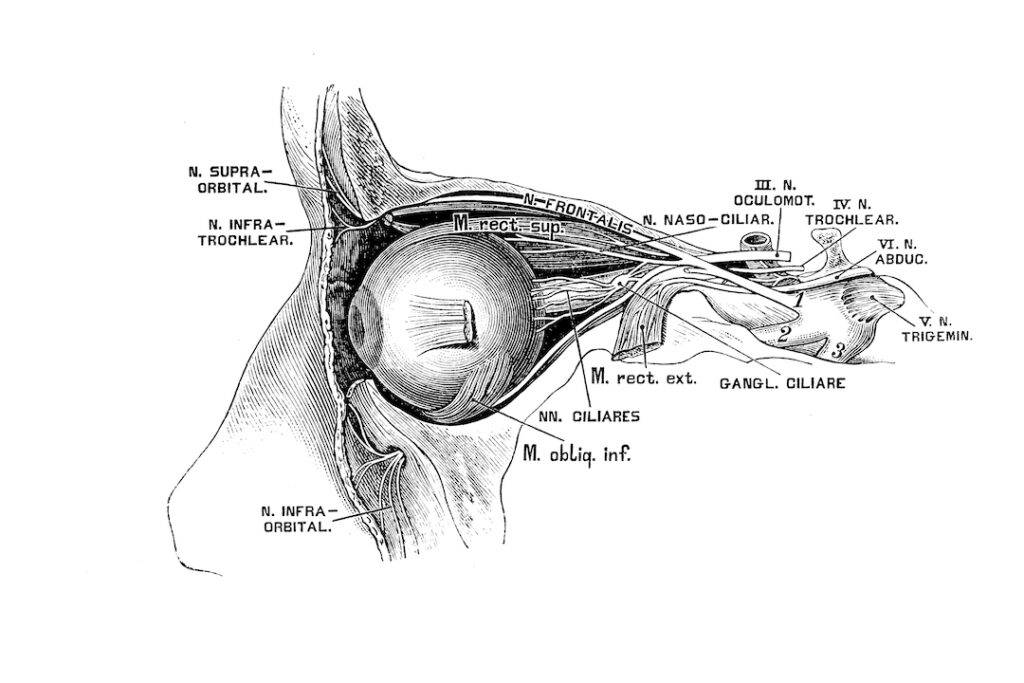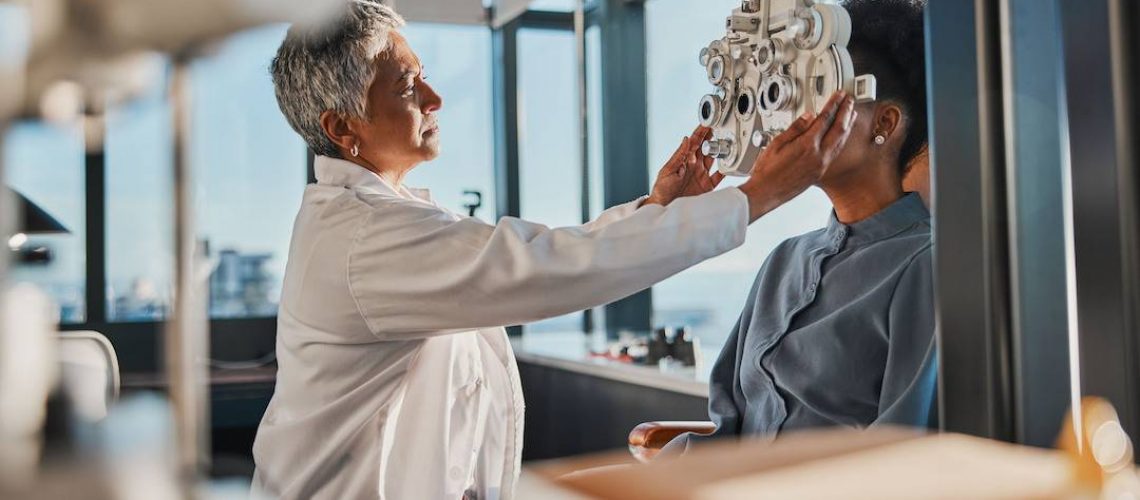Not sure about the difference between medically necessary contact lenses and elective lenses? Linneo has you covered!
Ever put on a pair of glasses and still felt like you were trying to read through the fog? You squint and adjust the frames, but it’s no use. Your vision remains blurred. Now imagine a solution that brings your world into sharp focus—medically necessary contact lenses.
No more fumbling for glasses in the morning or dealing with fogged-up lenses when sipping hot coffee. These aren’t just any contacts—they are prescribed by eye doctors specifically for conditions regular eyeglasses can’t manage.
You might be wondering how you qualify for these specialized lenses, or maybe you’re concerned about insurance coverage. But don’t worry! This post will guide you through everything from understanding different types of medically necessary contacts to navigating insurance plans. Let’s dive deeper!
Table of Contents
Understanding Medically Necessary Contact Lenses
Most people who wear contacts do so for elective reasons, not out of medical necessity

Medically necessary contact lenses are an essential solution for those suffering from certain eye diseases. Unlike regular eyeglasses, these special contacts aid in managing conditions of eye disease like Keratoconus aphakia, high ametropia, and irregular astigmatism.
Types of Medically Necessary Contact Lenses
There are several types of medically necessary contacts, including scleral contact lenses, gas-permeable hybrid contact lenses, and soft contact lenses. Each type serves a unique purpose based on the specific eye condition being treated.
Scleral contacts help with corneal scarring, while gas-permeable ones correct congenital anisocoria. Soft medical contacts are often used to manage cases of severe dry eyes or ocular surface disease. It’s important to note that such specialized lens treatments can greatly enhance visual acuity compared to standard spectacles. Your doctor is key in determining if you qualify for these types of lenses and what kind would best suit your needs.
Qualifying for Medically Necessary Contact Lenses
Navigating vision insurance plans can be a bit tricky, but knowing the ropes makes it easier
Different vision insurance plans have their unique requirements when it comes to coverage of medically necessary contact lenses.
Navigating Insurance Plans for Coverage
The role of eye care practitioners is key in this process. They’re the ones who determine if you qualify based on your eyeglass prescription and spectacle prescription. It’s not as simple as picking out frames at an optometrist’s office—there are specific CPT codes involved.
CPT codes 92071, 92072, and 92313 come into play here—these are used for billing medically necessary contacts. Your doctor will place an order depending on your specific needs, which could vary significantly based on individual eye contact.
Benefits and Considerations of Medically Necessary Contact Lenses
If you're dealing with a specific eye-based condition, medically necessary contact lenses can be a game-changer

The decision about medically necessary contacts will come down to your chosen optometrist. After diagnosing your condition, they’ll determine if these types of contacts are the best fit for you. Some patients might need lens treatment for conditions like keratoconus or high ametropia, while others may benefit from improved visual acuity provided by custom-designed contacts.
Contact lens wearers often report significant vision improvement compared to regular eyewear options. But it’s not just about seeing better—comfort is another key point that makes them worth considering.
However, there could be potential challenges, such as adjusting to rigid gas permeable or scleral contact designs or managing insurance coverage aspects. American Academy Of Ophthalmology suggests discussing all possible pros and cons with the patient and your care practitioner before making any decisions.
Insurance Coverage for Medically Necessary Contact Lenses
Vision plans often provide greater benefits for medically necessary contact lenses compared to elective ones
One of the top concerns for people who need medically necessary contact lenses to improve their vision is insurance coverage. Many plans will cover medical necessity for them even if they do not cover elective ones.
Different insurance providers have their own rules on what constitutes a lens benefit and how to qualify patients for it. It’s important to know your specific plan details. If you don’t currently have insurance or are looking for a way to supplement your current insurance, feel free to explore Linneo’s individual vision insurance plans or an eyewear savings plan.
Lens Prescription: More Than Just Numbers
The process of getting reimbursed can vary between vision and insurance plans. Understanding this is key to maximizing your covered contact lens benefits.
You’ll need the correct Current Procedural Terminology (CPT) codes. These codes help define the services provided by healthcare professionals—in this case, fitting you with contacts that improve visual acuity while considering any specific eye conditions you might have.
How to Obtain Medically Necessary Contact Lenses
To obtain medically necessary contact lenses, you need to follow a step-by-step process
To get started, you need to schedule a first appointment and a comprehensive eye exam with an eye care practitioner. During this exam, the practitioner will assess your eye health and determine if you require specialized lenses for conditions such as keratoconus or high ametropia.
Once the need for medically necessary contact lenses has been established, your eye care practitioner will provide you with a comprehensive prescription. This prescription will be more detailed than a regular glasses prescription, as it will include information about the size and curve of the lenses.
After receiving your prescription, the next step is the fitting process. During this process, your eyesight will be measured to ensure a proper fit for the customized lenses. There are different types of medically necessary contact lenses, including scleral contacts and rigid gas-permeable lenses, which may be recommended based on your specific needs. Once the fitting process is complete, you can proceed with ordering your medically necessary contact lenses.
Comparing Medically Necessary Contact Lenses to Other Treatment Options
In addition to medically necessary contacts, there are also other methods to improve your vision
If you’re struggling with specific eye conditions, choosing the right treatment is crucial. Glasses may not always provide the best vision correction.
Surgical options—like corneal transplantation or laser eye surgery—can be effective but come with risks and recovery time. Orthokeratology is another method that reshapes your cornea using special lenses overnight.
But for some, medically necessary contact lenses are a game-changer. Unlike glasses or standard contacts, these are tailored to treat conditions such as keratoconus or high ametropia. These aren’t just about vision improvement—they can make a significant difference in comfort and quality of life, too.
Deciding what’s best for you involves understanding the pros and cons of each option. Talk to your eye care provider about which treatment may work best, given your specific needs.
FAQs About Medically Necessary Contact Lenses
What is the difference between medically necessary and elective contact lenses?
Elective contacts are chosen for convenience or aesthetics. Medically necessary ones are used to manage specific vision problems that glasses can’t fix.
Is astigmatism a condition requiring medically necessary contact lenses?
Astigmatism often needs special contacts if it’s severe or irregular, but mild cases usually don’t require them.
Remember, medically necessary contacts are very different from your regular elective contact lenses. Often, your insurance plans could cover these special lenses. Navigating through the requirements of a vision plan might seem daunting, but it’s doable with some guidance from your eye care practitioner.
In conclusion, medically necessary contact lenses are a great option for many people dealing with complex vision issues. So let Linneo’s guide help you on your journey towards clearer sight! If you are searching for a way to get vision insurance outside of an employer, check out the different coverage options offered by Linneo.

